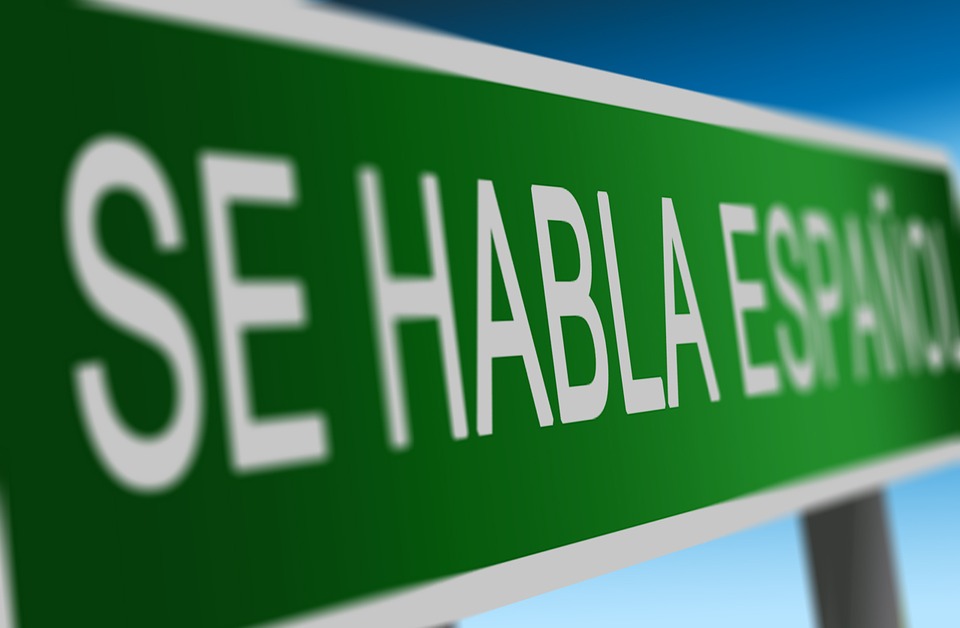With over 500 million users as of September 2020, Google Translate is one of the most used translation applications online. Over 100 billion words are translated daily on its different platforms through 109 languages, making it the go-to tool for many internet users. It is not uncommon to install the app and use it while traveling abroad or reading an important text or blog post written in a foreign language.
What Is Google Translate and How Does It Work?
Google Translate was developed by Google in April 2006 as a neural multilingual translation service to help its users translate texts and websites from one language to another. Google Translate also has an app for iOS and Android, a website interface, and a platform that helps developers-built browser extensions.
Before, Google Translate was centered on a statistical machine-translation method, where it first translated text into English then to the target language with reference to millions of documents sourced from the UN and European Parliament transcripts. These translations were anything but perfect, especially because Google did not hire language experts to compile grammars for every language. All languages are fluid by nature, and its failure to account for this property meant that the service could not deliver fluid and faultless translation like a human would.
However, Google Translate has grown significantly, and in November 2016, Google announced the transition of Translate from a statistical translation to neural machine translation. The term neural means that Google Translate is a translation engine that interprets whole sentences rather than one a time, which gives it a better context for more reliable translation.
Neural machine translation relies on deep learning, where the service compares translations between other languages and English and determines similarities between the two languages, thus enabling it to translate between the two effectively. This process, over time, allows Google to spot patterns between words in different languages and boost its accuracy over time. The ideal result would be to bring the passage to be translated close to actual speech.
How Accurate Is Google Translate?
Google Translate has improved significantly in terms of accuracy, with the neural model being 60% more accurate than the previous model. However, expert human raters have mixed opinions about it.
According to a scale ranging between 0 and 6 offered by Google to these experts, Google Translate was rated 5.43 for English to Spanish, and 4.3 for Chinese to English. Despite advancements in technology, speech has characteristics such as ambiguity that may make it harder for systems like Google Translate to obtain the meaning of a phrase and translate it correctly.
What Are the Pros and Cons of Google Translate?
Pros:
Google Translate is fast
With the Google Translate app or web extension, you will get results in seconds regardless of the length of the text. Humans cannot compete with the speed of this service, as they may only translate up to 2500 words per day.
The service is free
You can install the app for your smartphone or access it via your PC browser at no cost.
Convenience
Google Translate does not have the complications that would otherwise come from interacting with a human translator, such as terms of work. All you require is to copy and paste the text for immediate translation.
Cons:
Not applicable for confidential documents
If you are working with patents, contracts, and other sensitive files, you may want to hesitate before uploading them online. For these, a translation agency that has a reliable Non-Disclosure Agreement to protect the details in the file is better suited.
Google Translate lacks accuracy
The service is still improving its accuracy more than ten years after its release with the help of human volunteers and machine learning. However, these processes take time. Moreover, machines cannot understand the nuances and context of the text, which often results in mistranslation. On the other hand, a translation agency will have quality control standards and highly qualified experts to ensure the accuracy of your work.
Why Human Translators Will Always Be More Accurate
Humans can understand things like similes, slogans, idioms, and other language nuances, which means that meanings are not lost in translation. They can also translate words with more than one meaning correctly depending on the context. Humans can also detect the tone in a text, such as excited, angry, or overwhelmed, which is maybe the biggest difference between the two.
Translation services providers have quality control systems such as ISO 9001 that regulate their work and ensure excellent results. Human translators are also governed by ISO 27001 that ensures that sensitive translated information remains confidential, unlike with Google Trans
If you need the help of a human English to Spanish translator, or any other language for any of your documents or other materials, our team of experienced professionals can help you. Contact the professionals at Etcetera Language Group to schedule your free consultation.

